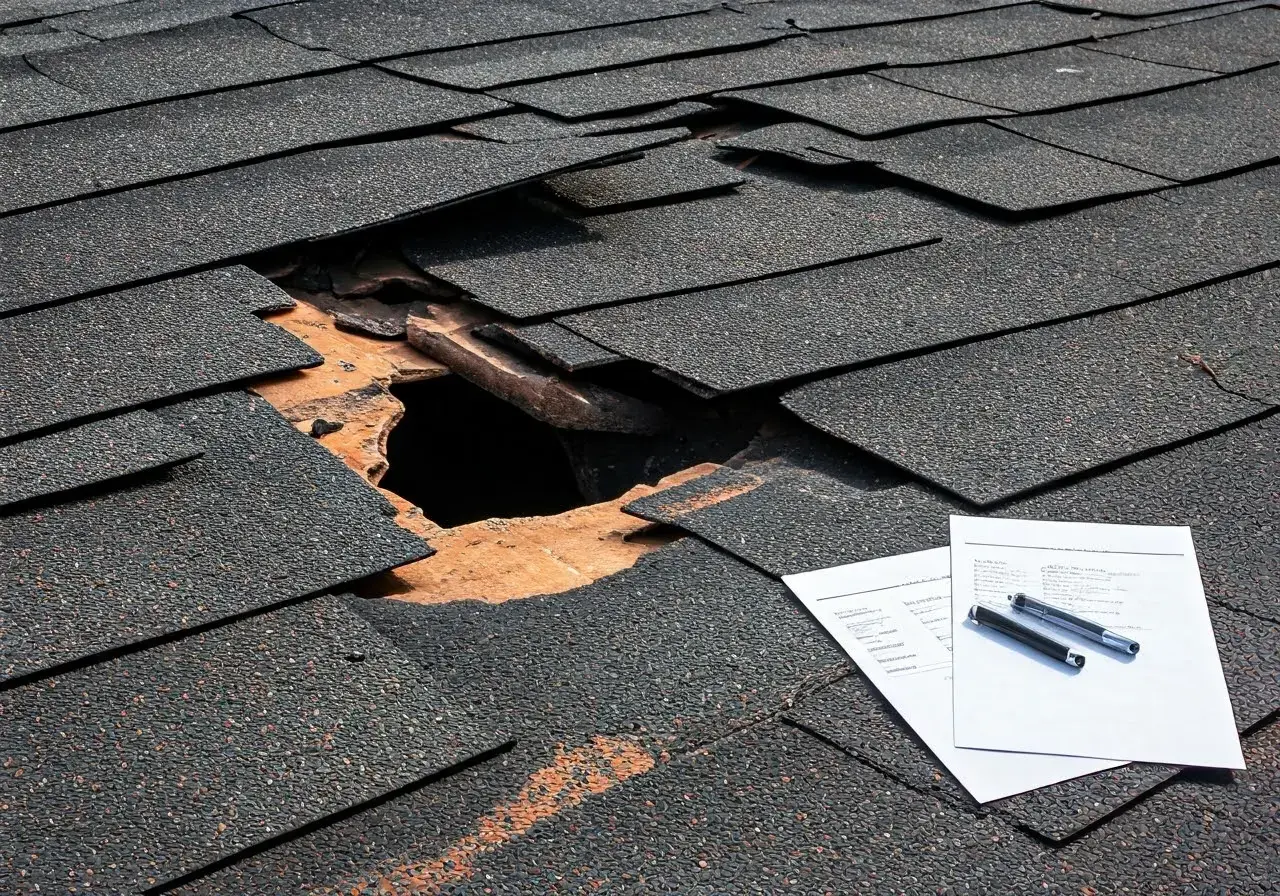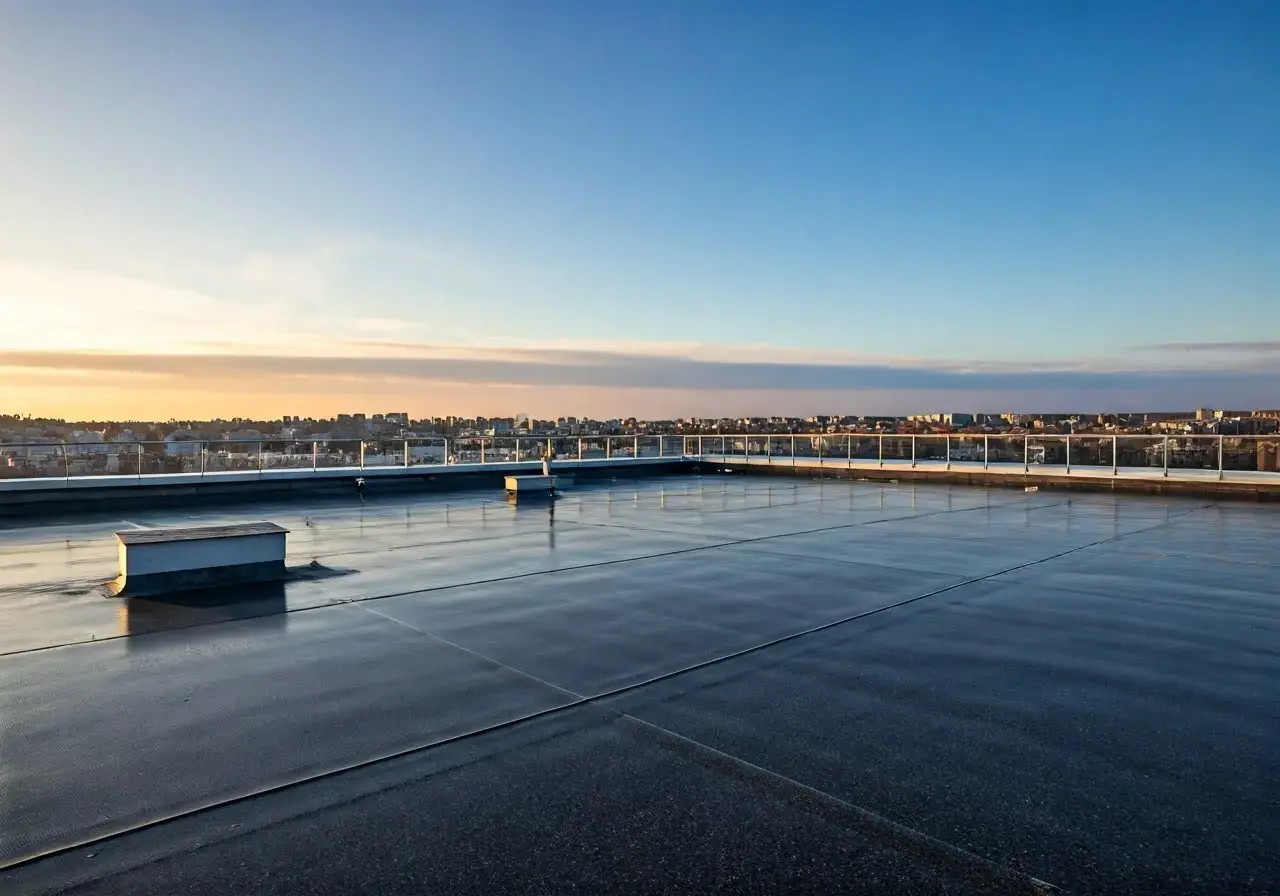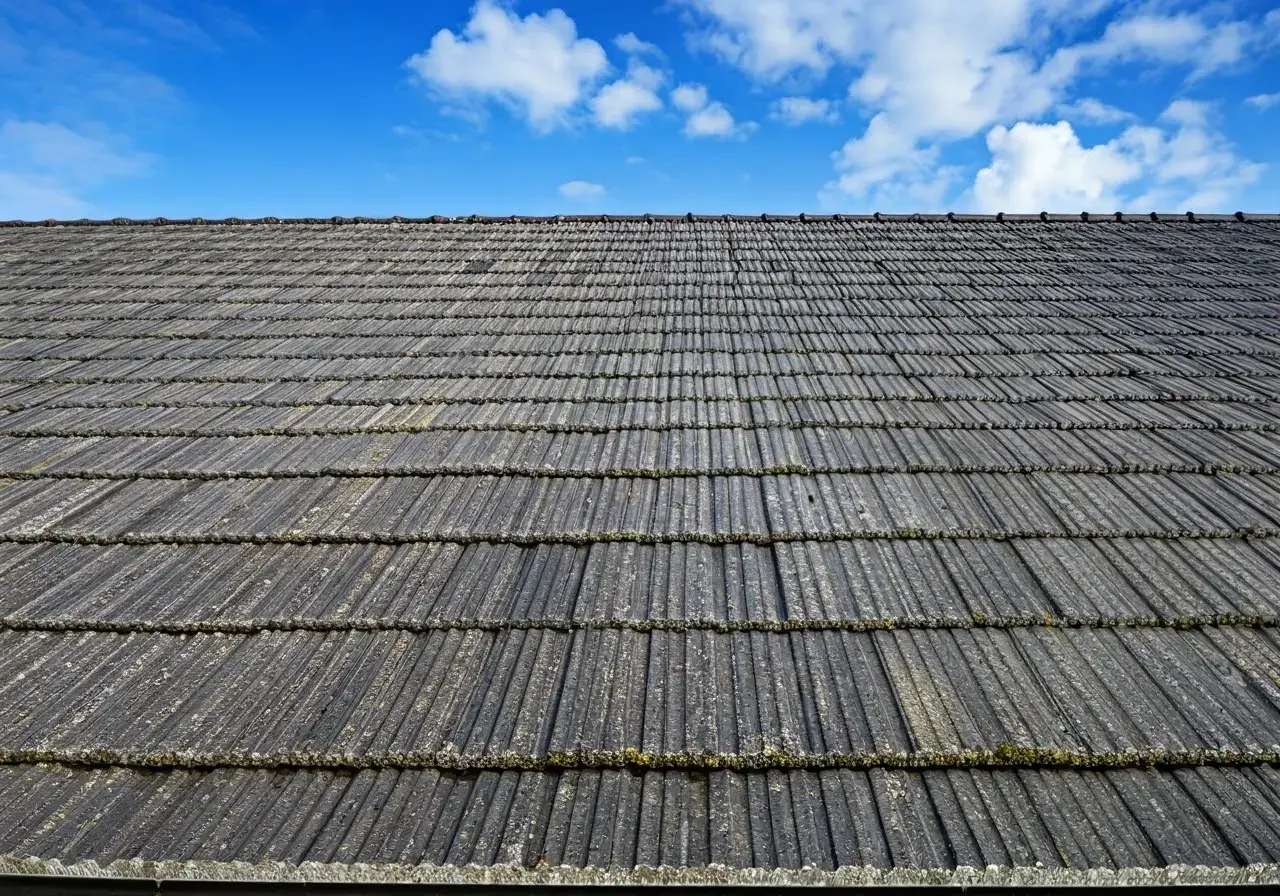Can Emergency Roof Repair Be Covered by Insurance?

When your roof springs a leak or is damaged unexpectedly, you may wonder if your insurance will help cover the emergency repairs. Understanding your homeowner’s insurance policy is crucial when you’re faced with urgent roof issues. This guide will walk you through what you need to know about insurance coverage for emergency roof repairs.

Understanding Your Homeowner’s Insurance Policy
Most policies cover damage to the roof caused by sudden and accidental events, but specifics can vary. Read your policy thoroughly to understand what is and isn’t included.
Homeowner’s insurance policies are like a safety net when unforeseen events cause roof damage. However, every policy is unique and has its terms and conditions. To avoid surprises, consult your insurance documentation to understand the types of roof damages covered. Policies generally include coverage for sudden events, such as storm damage, but might exclude gradual wear and tear or neglect-induced issues. Stay aware of these factors to better manage your expectations if an emergency arises.
Moreover, it’s important to note that the policy might provide comprehensive coverage that includes not only the repair costs but also potential additional expenses, such as temporary accommodations if the roof damage renders your home uninhabitable. Having a clear, thorough understanding of this facet of your homeowner’s insurance can provide remarkable peace of mind during tumultuous times.
Common Causes of Roof Damage Covered by Insurance
Insurance typically covers damage from storms, hail, falling trees, and other natural disasters. However, wear and tear or neglect-induced damage might not be included.
Roof damage can occur due to a variety of unforeseen circumstances, many of which insurance policies are designed to cover. Storm damage from heavy winds or rain is among the most commonly claimed, as these natural events can severely compromise roof integrity. Additionally, damage from hailstorms often presents a strong case for insurance coverage due to the abrupt nature of such incidents.
Falling objects, like tree branches dislodged during a storm, can cause sudden and unavoidable harm to your roof. Fortunately, many insurance companies recognize this risk and provide coverage for such damage. According to insurance experts, this is categorized under accidental damage, thus protecting homeowners from the associated costs.
Steps to Take When You Need Emergency Roof Repair
Document the damage, contact your insurer immediately, and keep all receipts for any temporary repairs. This will help support your claim.
Acting swiftly is crucial when your roof is compromised. The first step is to document everything meticulously. Capture clear photographs and videos of the damage from multiple angles to have a comprehensive record. This documentation serves as invaluable evidence when filing your insurance claim and will support your case in discussions with both your insurer and roofing contractors.
Furthermore, it’s vital to mitigate further damage immediately after discovering it. Cover any breaches with tarps or boards to prevent additional exposure to the elements. Insurance companies expect homeowners to take these preventive actions to avoid exacerbating the problem. This proactive approach not only protects your home but also underscores your responsibility in maintaining your property.
How to File a Claim for Roof Damage
Gather necessary documents such as photos of the damage, a written report, and repair estimates. Then, file the claim as directed by your insurer.
Filing an insurance claim can seem daunting, but being organized helps streamline the process. Start with compiling all necessary documentation, including photos and a detailed report of the roof damage. Seek estimates from trusted contractors to provide comprehensive insights into the repair costs. These steps will not only help you make a strong claim but also prepare you for discussions with your insurance company.
Once your materials are assembled, contact your insurer promptly to initiate the claim process. Communicate effectively, detailing the extent of the damage and steps already taken to address it. Depending on the insurer’s protocols, you may need to complete specific forms and provide additional documentation, so maintaining open communication is crucial for a smooth claim experience.
Understanding Depreciation and Deductibles
Learn how the age and condition of your roof might affect your claim, as well as any deductibles you need to cover before insurance kicks in.
Depreciation plays a significant role in insurance claims, impacting the final settlement you receive. Often, homeowner’s insurance may reimburse based on the roof’s value at the time of loss, which can be affected by age and pre-existing conditions. Therefore, understanding how depreciation affects your coverage is essential to managing expectations when a claim is processed.
Additionally, familiarize yourself with your policy’s deductible, which is the amount you must pay out-of-pocket before insurance coverage begins. This deductible varies by policy but can significantly influence the cash flow needed for repairs. By knowing these aspects of your policy, you’ll be better equipped to handle financial planning when unexpected roof issues arise.
Understanding Your Coverage for Emergency Roof Repairs
While emergency roof repairs can often be covered by insurance, it largely depends on the specifics of your policy and the cause of the damage. Always review your insurance policy carefully and consult with your insurance provider to understand your coverage. This will ensure you’re prepared in the event of an emergency and can act swiftly to protect your home.

